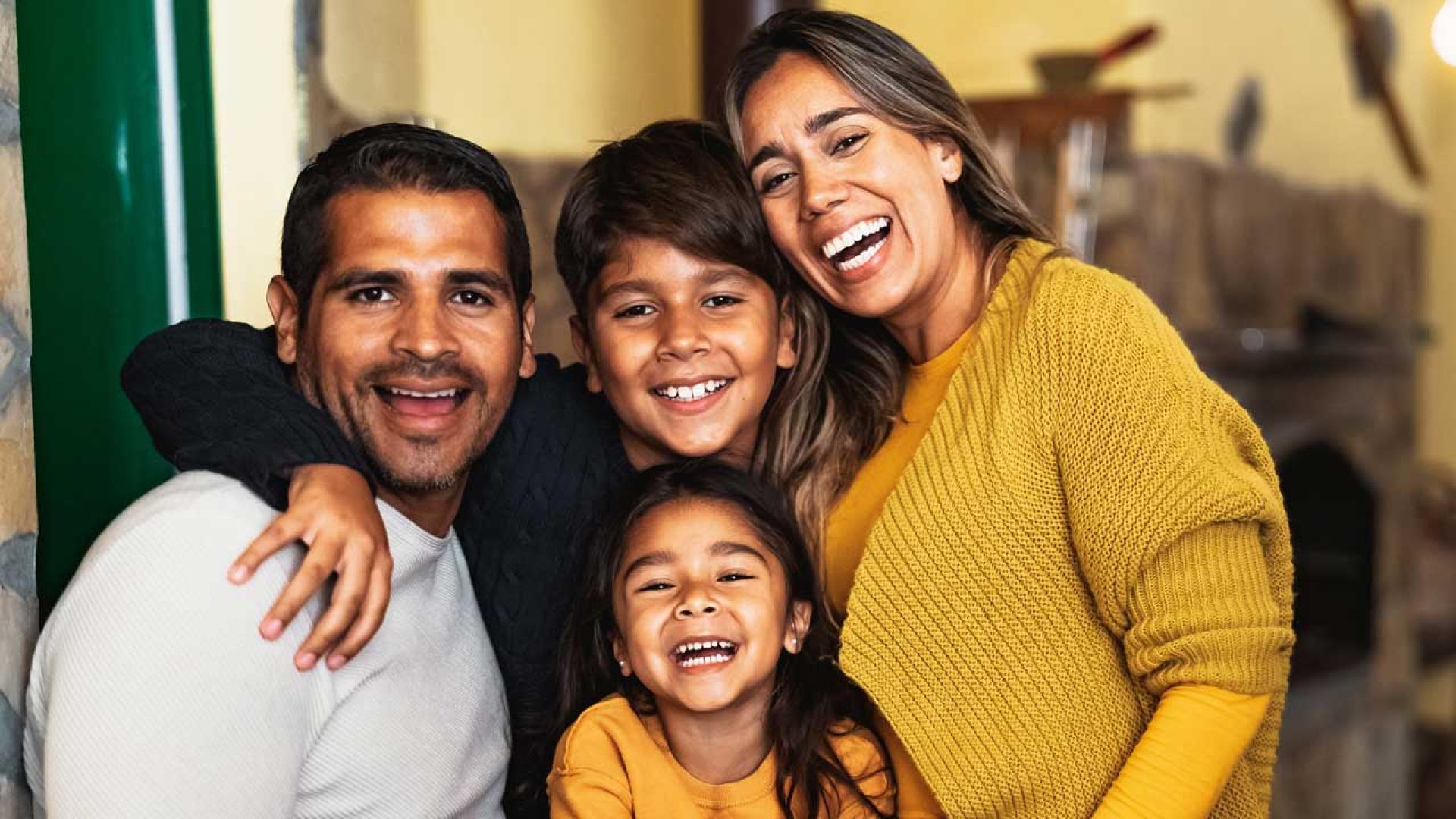National Hispanic Heritage Month

Celebrate Hispanic Heritage Month With Us!
Happy National Hispanic Heritage Month! During this heritage month from September 15 to October 15, WPCCU will honor the ethnicities and contributions of both Hispanic and Latino Americans. Our team members will focus on ways that the credit union celebrates the heritage and cultures of our employees, members and local communities.
Since 1968, this was observed for a week which was started under President Lyndon Johnson. In 1988, President Ronald Reagan expanded it to cover a 30-day period which we continue to observe today.
For centuries, the celebration has embraced the histories, cultures and ancestors who came from Spain, Mexico, the Caribbean and Central and South America, and became American citizens. Some of these great figures were Hispanic and Latino Americans who were rooted from all Latin American countries including North American, Central America and South America, Cuba and the Dominican Republic.
Please check out this Latino Heritage Month 2025 Calendar and Cultural Guide for some great ways to connect with the culture and to find some great community events and exhibits in Los Angeles.
